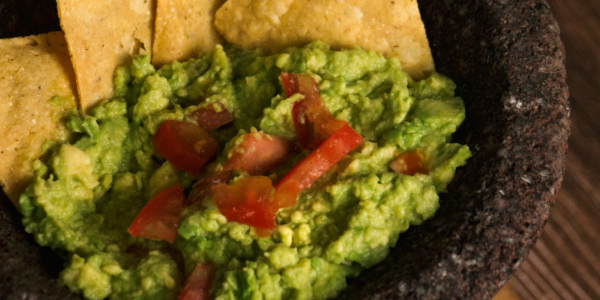Think of a job that has a hard time finding human workers. A job that dull, dirty, and dangerous. A job people don[‘t want or enjoy. This is a job for robots! If you thought of food production, you’re not alone. There are over a million unfilled food service jobs in the U.S., and the turnover rate for food prep is extremely high when people take the jobs. So why haven’t food service jobs been widely automated?
It’s the food prep
There are a. lot of jobs in food production which are automated. Your boxes of breakfast cereal aren’t carefully filled by hand and you aren’t buying artisanal hand-kneaded loaves of bread at the grocery store. Large-scale food production is generally automated, sometimes from start to finish through the factory.
Restaurants are another story. We’ve seen fast-food robot cooks, but they can only take on a few limited tasks in the kitchen. Flippy, for example, can flip burgers but isn’t capable of adding tomatoes and lettuce. And many restaurants start out with automated ingredients like pre-chopped salad greens or frozen meatballs — prepped in a factory, bu they still cut down on labor costs.
Some restaurants have tried robot waiters. They are not very skillful at taking orders, carrying food, interacting with customers, or delivering orders. They get fired pretty quickly.
That leaves the non-automated food prep. A machine can make guacamole, but it can’t put it in a dish with a fetching garnish. Even the most limited menu requires a lot of different processes for plating food, assembling dishes, and serving meals.
At home?
The factory is currently covered and the restaurants are struggling but making some progress, but Mariah from the Studio wants to have something that helps prepare food at home. She went to CES, and saw some automated cooking tools that seem a lot like bread machines, but we’re a long way from robot cooks for the home.
So why are robots so bad at food prep?
Robots hold a lot of promise for the future of food prep, but there are currently some limitations that make them less than ideal for many tasks. Here’s why robots aren’t quite master chefs yet:
- Dexterity and Versatility: Human hands are incredibly dexterous and adaptable. We can handle a wide variety of ingredients, shapes, sizes, and textures, all with a sense of touch and feel. Robots, while becoming more sophisticated, still struggle with the nuance required for tasks like peeling fruits, handling delicate items, or adjusting to unexpected variations in food.
- Sensory Perception: Taste, smell, and visual cues are crucial for human chefs. We can judge the doneness of meat by its color and texture, adjust seasoning based on aroma, and identify if something has spoiled by sight or smell. Robots lack these sensory abilities, making it difficult for them to replicate the quality control and intuitive adjustments humans make during cooking.
- Dynamic Situations: Kitchens can be messy places! Ingredients spill, plans change, and substitutions need to be made on the fly. Robots struggle to adapt to these dynamic situations. Their programming might be specific to a particular recipe or ingredient, and they may not be able to handle unexpected changes or problems that arise during food prep.
- Cost and Maintenance: While the cost of robots is coming down, they are still a significant investment. For many kitchens, especially home kitchens, the cost of a robot might not justify the benefit, especially considering the limitations mentioned above. Additionally, robots require maintenance and programming expertise, which can add to the overall cost.
- Safety Concerns: Sharp knives, hot ovens, and slippery floors present safety hazards in a kitchen. While robotic safety features are improving, ensuring robots can handle these environments safely is an ongoing challenge.
However, the future of robotic food prep is bright! Advancements in dexterity, sensors, and AI are rapidly improving robot capabilities. Robots are already excelling in repetitive tasks like chopping vegetables or mixing ingredients, freeing up human chefs for more creative and strategic aspects of cooking. As robots become more affordable and user-friendly, they may become commonplace in kitchens, assisting home cooks or working alongside professional chefs.
So, while robots may not be replacing human chefs anytime soon, they are poised to become valuable tools that can transform the way we prepare food in the future.
